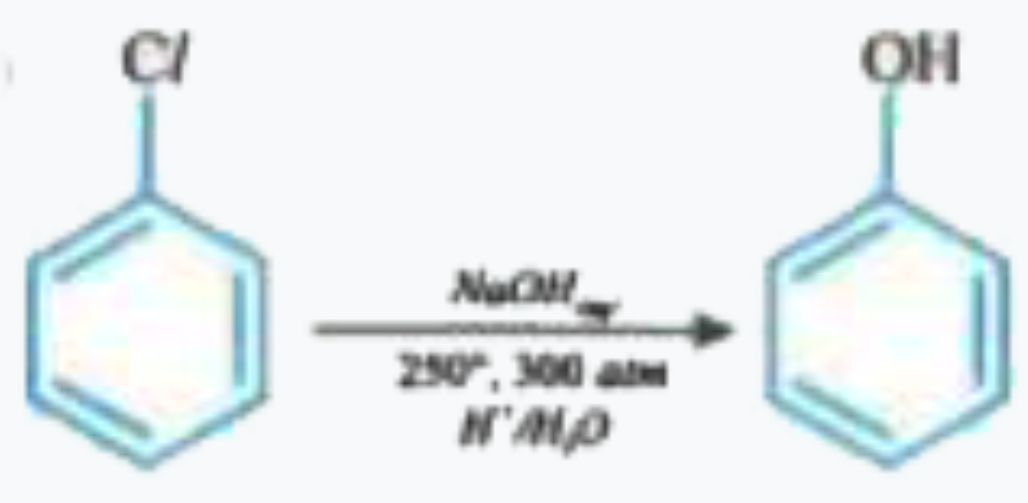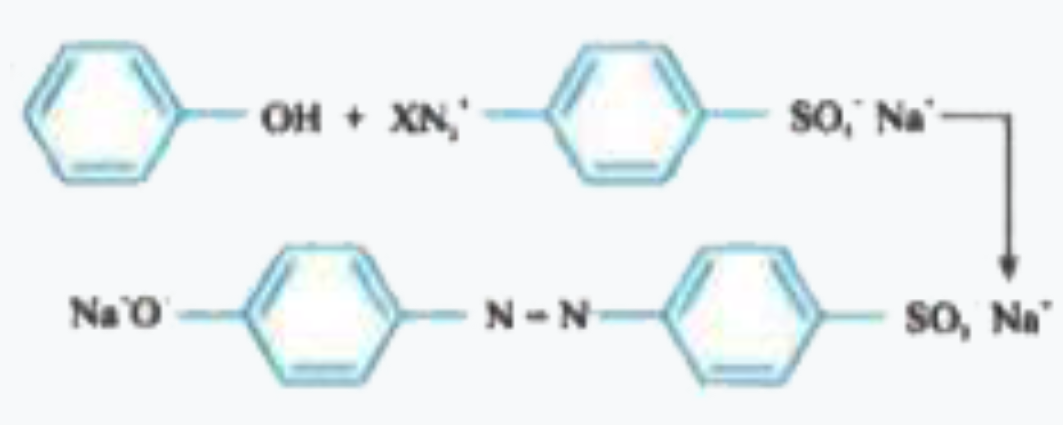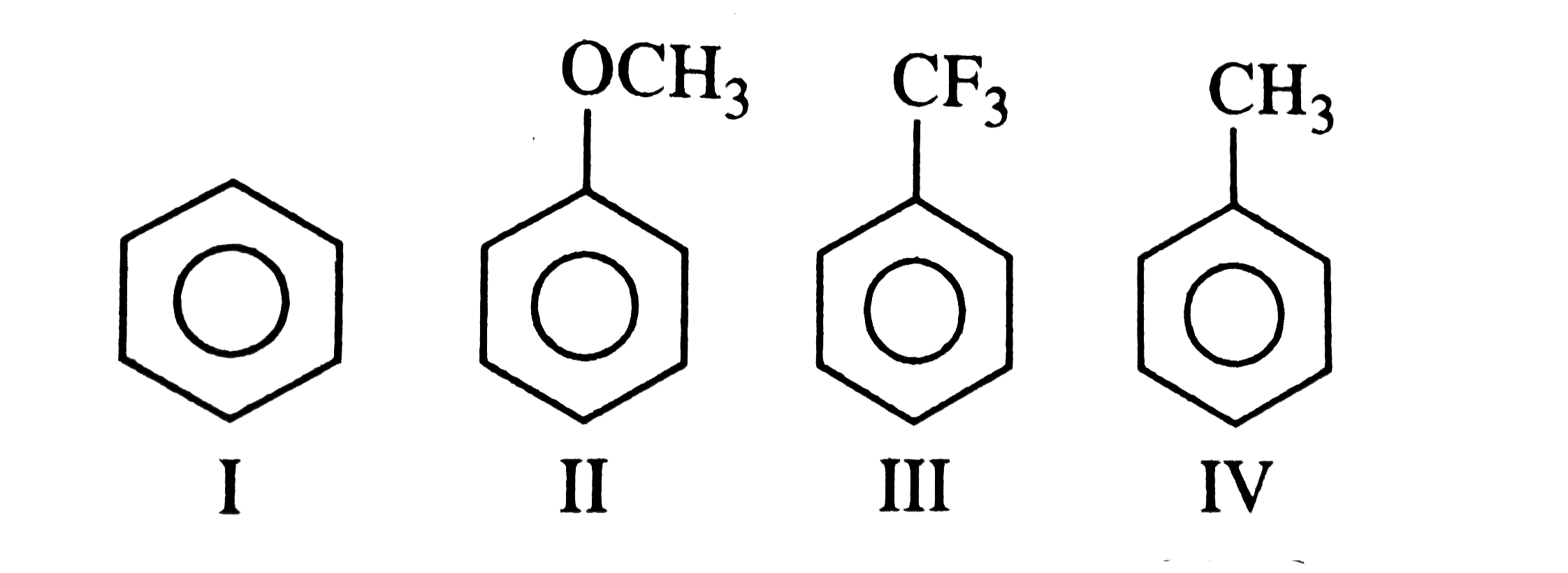
The mechanism of an electrophilic substitution reaction is
Which of the following is not ture.
A
Increasing the resonance of II will increases rate of reaction
B
increasing the density of electron in I will increase the rate of reaction.
C
Treatment of base in step-II will increase the rate
D
Temperature increasing will accelerate the rate of reaction.
Text Solution
The correct Answer is:C
H⊕ is lost in the fast step.
|
Topper's Solved these Questions
- BENZENEBOOK - NARAYNACHAPTER - BENZENEEXERCISE - Level-6
121 Videos
- BENZENEBOOK - NARAYNACHAPTER - BENZENEEXERCISE - Level-2 (H.W)
12 Videos
- ATOMIC STRUCTUREBOOK - NARAYNACHAPTER - ATOMIC STRUCTUREEXERCISE - All Questions
685 Videos
- CARBONYL COMPOUNDSBOOK - NARAYNACHAPTER - CARBONYL COMPOUNDSEXERCISE - LEVEL -VI
99 Videos
Similar Questions
Knowledge Check
The example of an electrophilic substitution reaction is
A B
B CH2C=CH−CH3HBr−−−−→peroxide
CH2C=CH−CH3HBr−−−−→peroxide
Br2−CH2−CH2−CH3DH2CH2−CH2−O∣∣C−CH3For an electrophilic aromatic substitution reaction
AChlorine is o-p directing group and also electron releasing groupBChlorine is o-p directing group and also electron withdrawing groupCChlorine is meta directing group and also electron releasing groupDChlorine is meta directing group and also electron withdrawing groupIn electrophilic substitution reaction nitrobenzene is
AMeta-directingBOrtho-directingCPara-directingDNot reactive and does not undergo any substitution
Which of the following is an electrophilic substitution reaction?
View SolutionReimer Tiemann reaction is an electrophillic substitution reaction in which the electrophile is
View SolutionAromatic electrophilic substitution reaction that is reversible is
View SolutionThe ether that undergoes electrophilic substitution reactions is
View SolutionThe most reactive of the following towards electrophilic substitution reaction is

View Solution
